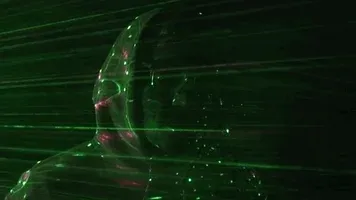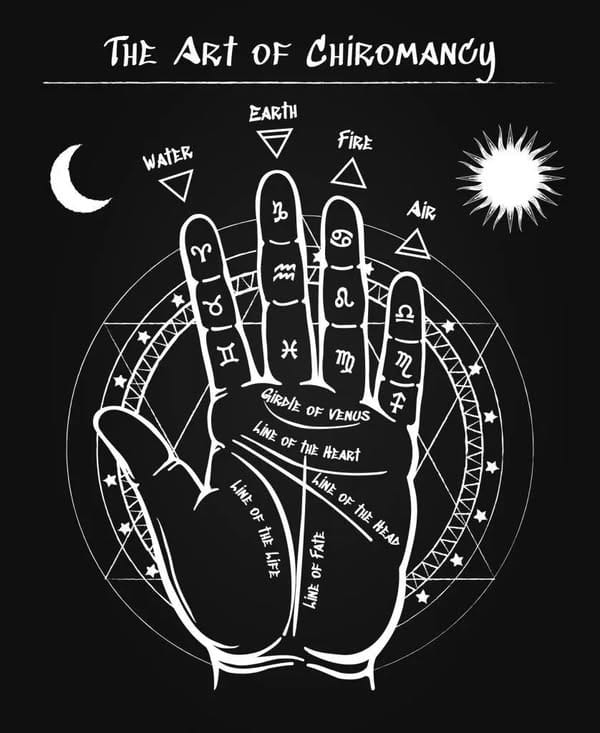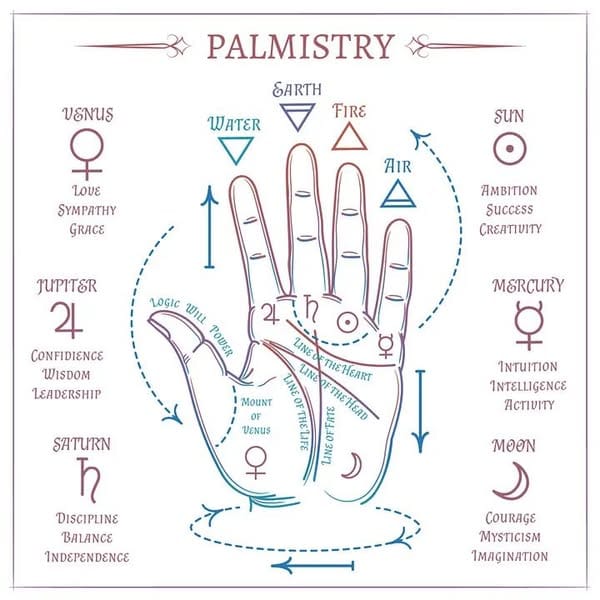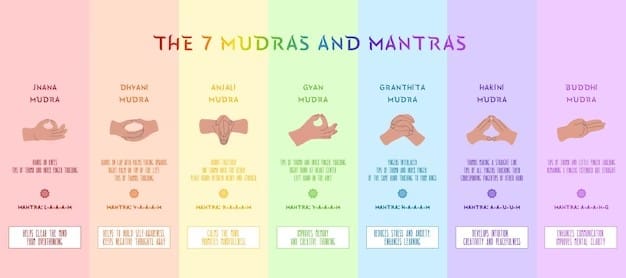Mudra and what they mean

Introduction to Mudras
Mudras are symbolic hand gestures or postures used in spiritual practices, meditation, yoga, and rituals. The term mudra comes from the Sanskrit word meaning "seal," "gesture," or "mark." These gestures are believed to channel energy flow, influence mental and physical states, and deepen spiritual awareness.
Mudras act as energy connectors between the body, mind, and spirit. By positioning the fingers and hands in specific ways, practitioners can stimulate energy pathways (nadis) and centers (chakras) within the body, creating harmony and balance.
Although mudras are often associated with Eastern traditions, particularly Hinduism and Buddhism, they also appear in various spiritual practices worldwide, highlighting their universal significance in connecting human consciousness with the divine.
A Brief History of Mudras
The origins of mudras trace back thousands of years, deeply rooted in ancient Indian spiritual practices. They first appear in the Vedic texts, where they are described as tools for invoking deities and enhancing meditation. Over time, mudras became integral to yoga, Ayurveda, and Tantric traditions.
In Hinduism:
Mudras were (and still are) used in rituals, dances, and iconography. Deities in Hindu art are often depicted with distinct mudras, each symbolizing specific attributes or blessings. For example, the Abhaya Mudra (raised palm) represents protection and reassurance, while the Varada Mudra (palm facing downward) symbolizes compassion and giving.
In Buddhism:
Mudras gained prominence in Buddhist teachings as a way to enhance meditation and prayer. The Dhyana Mudra (meditation gesture) and the Bhumisparsha Mudra (earth-touching gesture) are iconic symbols in Buddhist statues, representing enlightenment and spiritual grounding.
In Yoga and Ayurveda:
Mudras became a tool for manipulating the body’s energy systems. In yoga, mudras are paired with breath control (pranayama) to deepen focus, calm the mind, and balance prana (life force energy). Ayurveda uses mudras to restore physical and emotional health by targeting specific elements within the body.
In Global Contexts:
Mudra-like gestures also appear in other cultures. For example, Christian iconography often depicts saints and religious figures with specific hand postures, and Native American tribes use hand gestures in storytelling and rituals. This widespread use of symbolic hand gestures underscores the shared human experience of connecting with the unseen forces of existence.
Why Mudras Matter Today
In the modern world, mudras are increasingly recognized for their practical benefits. They are accessible, requiring no equipment, and can be performed anywhere. From relieving stress and anxiety to enhancing focus and energy, mudras offer a powerful yet simple way to tap into the mind-body connection, making them a timeless tool for personal growth and spiritual awakening.
Would you like a deeper dive into specific mudras, their meanings, or their practical uses?




![Guild of the Dragons -Knowledge Node [^]~~~~~Gratitude~~~~~[^] G0TD](https://guild-of-the-dragons.ghost.io/content/images/2024/02/depositphotos_1562554-stock-photo-golden-dragon.jpg)